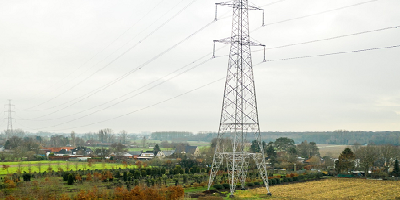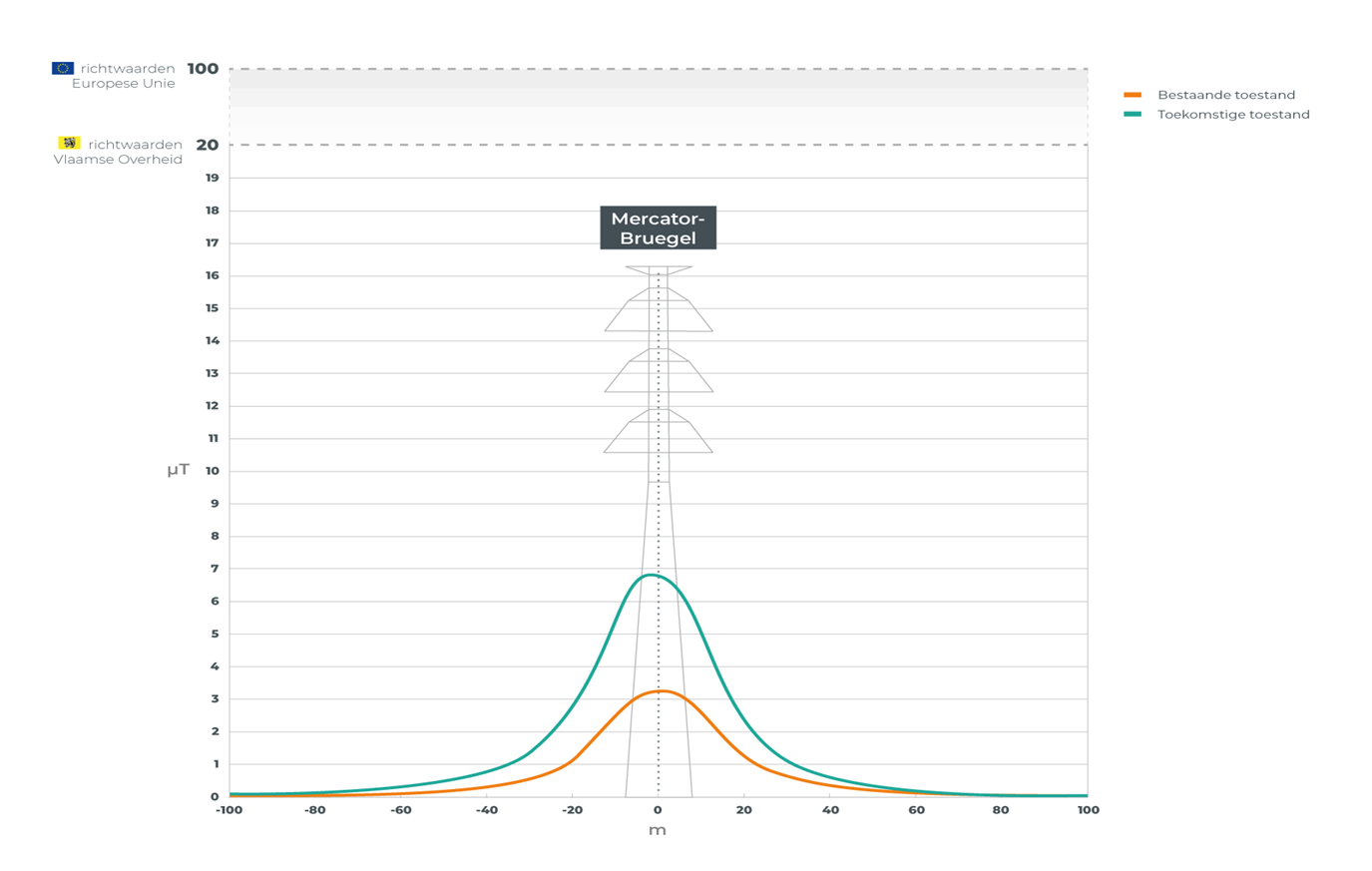What impact will this have on the environment ?
Elia wants to upgrade a high-voltage line running through the municipalities of Kruibeke, Temse, Bornem, Puurs-Sint-Amands, Buggenhout, Londerzeel, Merchtem, Asse and Dilbeek. A new type of conductor will allow the high-voltage line to transmit more electricity in the future with limited impact on those in the vicinity.
Read on for an overview of the main ways this will affect the surrounding area.
Virtually unchanged view
The existing Mercator-Bruegel high-voltage line will be equipped with a new type of conductor that can transmit more power. These are heavier than the conductors currently used, so Elia will reinforce the ironwork and foundations of 64 pylons and replace another six pylons. The new pylons will be erected at approximately the same locations as the older ones. The view from the surrounding area will remain virtually unchanged.
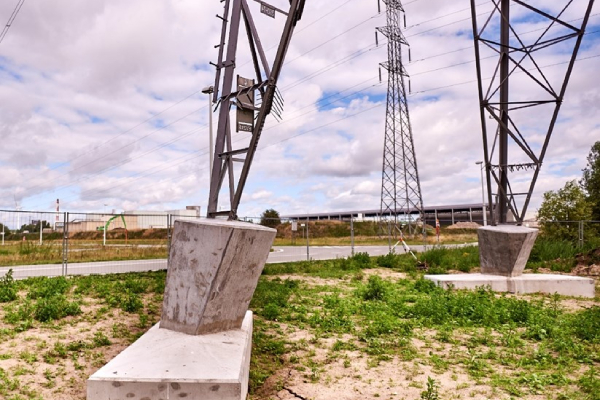 New foundations for 64 high-voltage pylons - © Elia
New foundations for 64 high-voltage pylons - © Elia
Magnetic field remains well within guidelines
Elia is upgrading the Mercator-Bruegel high-voltage line with a new type of conductor that can transmit more power. The voltage level (380 kV) will not change, and so nor will the electric field. The upgrade will change the value of the magnetic field, which will increase to almost 7 microtesla (μT) in the future. This is still considerably lower than the guideline values imposed by the Flemish Government (20 μT) and the European Union (100 μT). Elia complies with these standards over the entire line route.
Changes in the magnetic field following the upgrading of the high-voltage line - © Elia
Less noise thanks to a new type of conductor
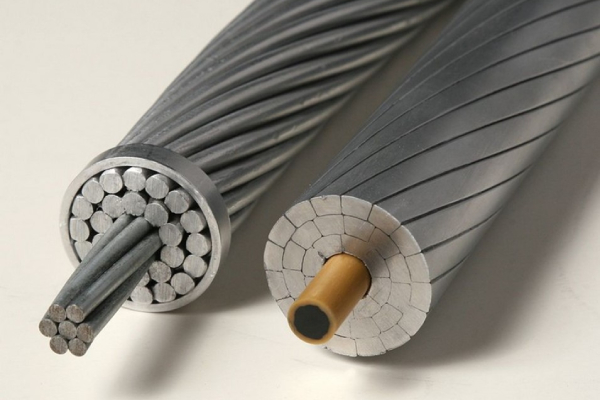 Difference between the conductors currently used (left) and the new conductors (right) - © Elia
Difference between the conductors currently used (left) and the new conductors (right) - © Elia
Respecting wildlife
In operating its high-voltage lines, Elia always aims to strike a good balance between safety and nature and always seeks out working methods that cause the least damage to the subsoil and wildlife. Elia does this by making clear arrangements with managers of nature reserves. Where necessary, Elia works with Natuurpunt to prevent birds from flying into overhead lines, installing bird markers to make the lines more visible to birds.
Elia may have to prune or fell trees in certain areas in order to reach its high-voltage pylons or to be able to carry out its work safely, in which case new trees will be planted elsewhere or a donation will be made to the Forest Compensation Fund. Trees on private property are only ever felled or pruned in consultation with the owners.
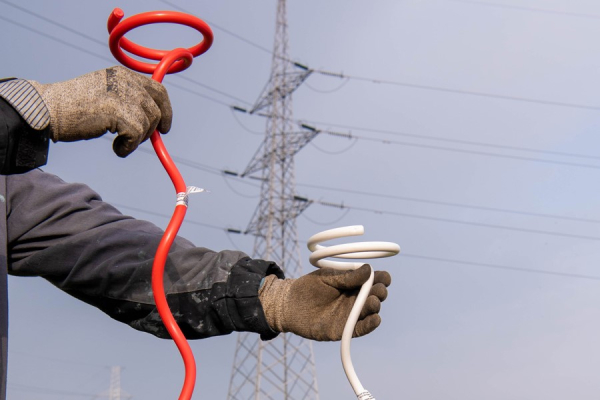 Bird diverters make high-voltage lines more visible to birds - © Elia
Bird diverters make high-voltage lines more visible to birds - © Elia
Need more information?
In February 2021, Elia held a digital information session on the Mercator-Bruegel project. The video below provides comprehensive details about the project. You can watch a recording of the session here.
